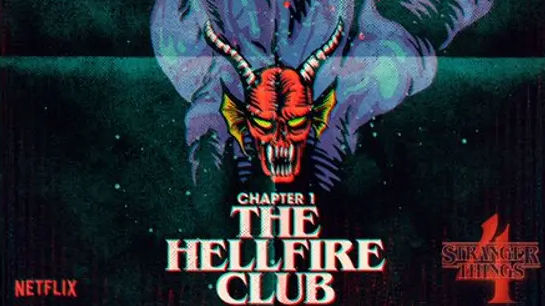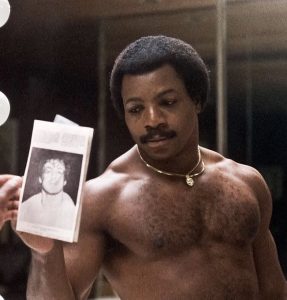‘Stranger Things‘ popularity has grown with each new season, as has the cast, with the Duffer Brothers creating a growing ensemble of characters to highlight various aspects of life in Hawkins, Indiana.
Season 2 introduced us to Max, Season 3 to Robin, and Season 4 to Eddie Munson, the ringleader of the D&D-playing ‘Hellfire Club.’
Also Read| Stranger Things Season 4 Part 2: Fans love Eddie in the Michael Myers mask
Eddie’s story makes him the prime suspect in the death of cheerleader Chrissy Cunningham. Chrissy’s boyfriend, the high school’s basketball captain, and his friends are on the hunt for the Hellfire Club in order to avenge Chrissy’s death.
As the season continues, the hunt for Eddie becomes more strenuous, with a group of deeply worried community members whipped up into an angry mob.
Most of the members of the club are “losers” and outcasts from the school, none of them could have imagined that their small community would accuse them of belonging to an evil cult that was behind the murders.
While the mystical parts of the story are distinctive to the show, the rest of Eddie’s story is heavily based on real-life events from the 1980s, when the public consciousness of middle America was dominated by the notion that devil-worshipping cults were corrupting the younger generations.
Also Read| ‘Stranger Things’: Actor Noah Schnapp’s crying selfie sparks fan fear
The Hellfire Club has been targeted because of its ties to Dungeons & Dragons, a game that has received similar scrutiny in real life due to its alleged demonic messaging.
Gary Gygax and Dave Arneson created Dungeons & Dragons, the first commercially available roleplaying game, in 1974.
The fantasy game, which encourages free play and imagination, drew inspiration from strategic war games and J.R.R. Tolkien’s work.
Also Read| Stranger Things Season 5: Release date, cast, plot, all details
Despite its largely good intentions, the public’s fear of D&D persisted throughout the 1980s and a portion of the 1990s due to anxiety around Satanism and witchcraft. In fact, people’s dread of the game simply made it more popular.
Two fringe religions, Wicca and Satanism, gained popularity throughout the 1960s and 1970s during a period of spiritual discovery that alarmed Christian America.
A number of high-profile murders and serial killings that had tenuous ties to supernatural cults and were purported to have been inspired by the devil himself plagued the 1970s as well.
Also Read| Stranger Things Season 4 Part 2: Will Steve Harrington die
Following two significant Civil Rights decisions—public school desegregation in 1970 and Roe v. Wade in 1973—politically engaged, right-wing Christians mobilised to defend what they saw as correct ideals.
By the 1980s, every home had a TV and radio, and the local station featured a televangelical preacher (ministers communicating Christianity). D&D was portrayed as a sinister gateway to the occult that tainted the minds of children, far far away from the holy correct ideals.
The game became a focal point for those who were concerned that Satanism was corrupting their children as a result of a string of tragic suicides and rising passion regarding D&D’s exploration of magic and mysticism.
D&D is still a popular game today, even more so since the success of ‘Stranger Things.’
To date, over 50 million people have played Dungeons & Dragons. But it’s not just old people who enjoy it, #dnd has over 4 billion video views on TikTok, with people aged 20-24 now constituting the largest demographic.







